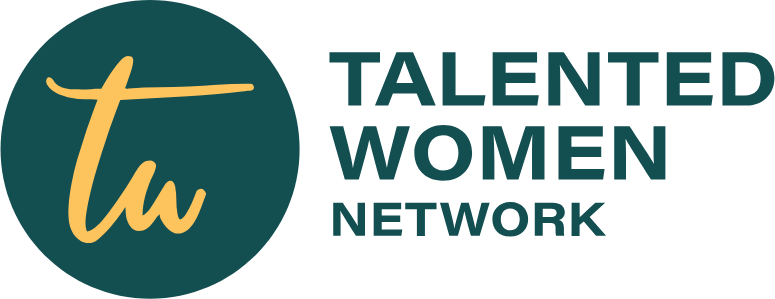Choosing a business model is one of the most defining decisions a startup founder can make. It’s the bedrock upon which your company’s value creation, monetization, and scalability are built.
Yet, in the early stages, many founders fall into the trap of chasing trends rather than choosing a structure aligned with their product, market, and customer behaviour.
From subscription to freemium, marketplace to direct sales, the modern startup ecosystem offers a buffet of choices. But the question remains: Which model is right for your startup?
Let’s break it down.
1. Understand What a Business Model Really Is
A business model isn’t just how you make money—it’s how you deliver value, how customers experience that value, and how revenue flows back to you.
A strong business model balances customer needs, revenue generation, cost efficiency, and long-term growth potential.
Before picking a model, ask:
- Who are your customers?
- What problem are you solving?
- How do your customers want to engage and pay?
- What are your cost structures and margins?
2. Subscription Model: Predictability at a Price
Best for: SaaS, media, health, e-commerce, productivity tools
The subscription model offers recurring revenue and predictability, making it a favorite among investors. Think Netflix, Spotify, or Notion. Users pay a recurring fee—monthly or annually—for continued access to a product or service.
Pros:
- Stable and predictable cash flow
- Better customer lifetime value (LTV)
- Easier to forecast and plan
Cons:
- Requires continuous value delivery
- Higher churn risk if onboarding is weak
- Acquisition costs can be high
Ask yourself: Is your product something customers need regularly enough to justify a recurring payment?
3. Freemium Model: Hook, Then Monetize
Best for: SaaS, productivity, tools with viral potential
With the freemium model, users access a basic version of your product for free, with the option to upgrade for premium features. Canva, Zoom, and Dropbox have scaled with this approach.
Pros:
- Low barrier to entry
- Rapid user acquisition
- Built-in marketing loop
Cons:
- Monetization depends on a small percentage of users
- Risk of free users draining resources
- Requires high product engagement
Pro Tip: This model works best when your free tier delivers value but leaves users wanting more.
4. Marketplace Model: Connecting the Dots
Best for: Platforms connecting buyers and sellers—Airbnb, Uber, Etsy
Marketplaces solve the problem of fragmented supply and demand. You don’t sell a product; you facilitate a transaction between parties and take a cut.
Pros:
- Scales quickly with network effects
- Asset-light—no inventory needed
- Powerful once a flywheel kicks in
Cons:
- Difficult to build initial liquidity
- Trust, safety, and dispute resolution challenges
- Requires balancing both sides of the market
Founder insight: Focus early on either supply or demand, not both at once.
5. Direct Sales Model: High Touch, High Stakes
Best for: B2B startups, enterprise solutions, complex software
Direct sales require a human touch—sales teams pitch your product to clients, often with long sales cycles. This is Salesforce or Oracle territory.
Pros:
- High margins per customer
- Deep relationships and feedback loops
- Easier to close large contracts
Cons:
- High customer acquisition cost (CAC)
- Long sales cycles
- Scaling requires a large sales force
If your product is high-ticket, customizable, or requires education, this model might be your best bet.
6. Transactional Model: Sell, Get Paid, Repeat
Best for: E-commerce, physical products, retail
This is the classic “buy-sell” model. You sell a product, the customer pays, and the transaction ends. Think Amazon or Shopify sellers.
Pros:
- Simple and proven
- Immediate revenue
- Easier to understand unit economics
Cons:
- Lacks recurring revenue
- Constant need for customer acquisition
- Lower LTV compared to subscriptions
Focus on optimizing your average order value (AOV) and reducing churn through re-engagement strategies.
7. Hybrid Models: Flexibility Meets Complexity
Today’s most innovative startups often blend models. For example, LinkedIn combines freemium, subscription, and ads. Amazon combines e-commerce, subscriptions (Prime), and marketplace dynamics.
But beware: Hybrid models add complexity. Nail one before layering in another.
There is no universally “best” business model—only the best one for your product, market, and team. Great founders don’t start with the trendiest model. They start with the customer, the problem, and how their product fits into the customer’s life.
In the end, your business model should be a natural extension of the value you create.
Choose wisely, iterate quickly, and don’t be afraid to pivot when data—or your gut—tells you it’s time.
Image Credit: Today Africa

